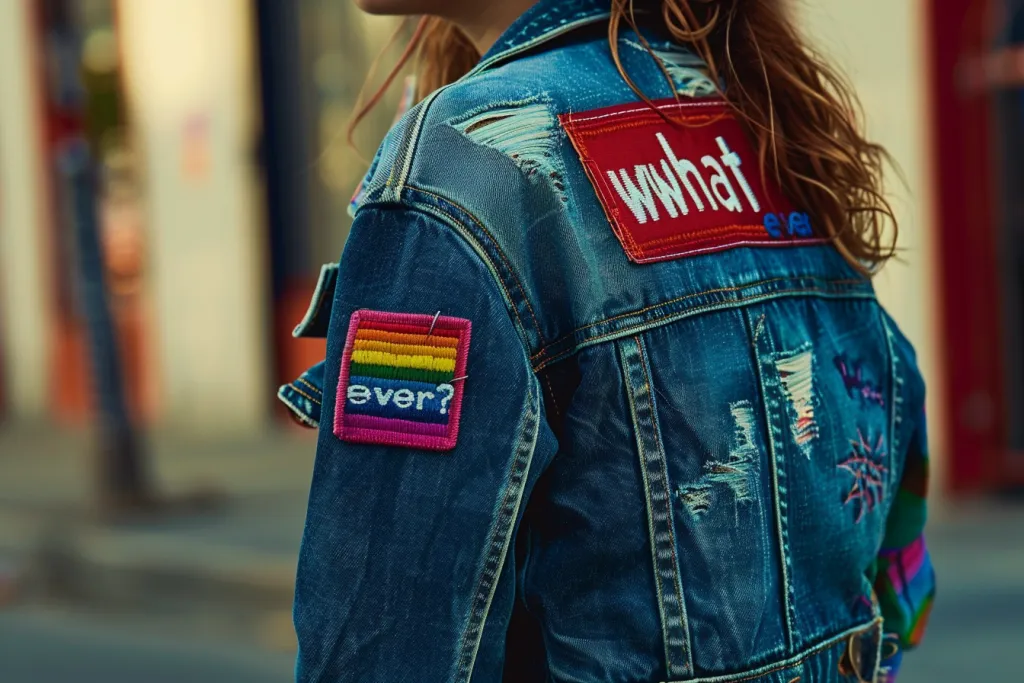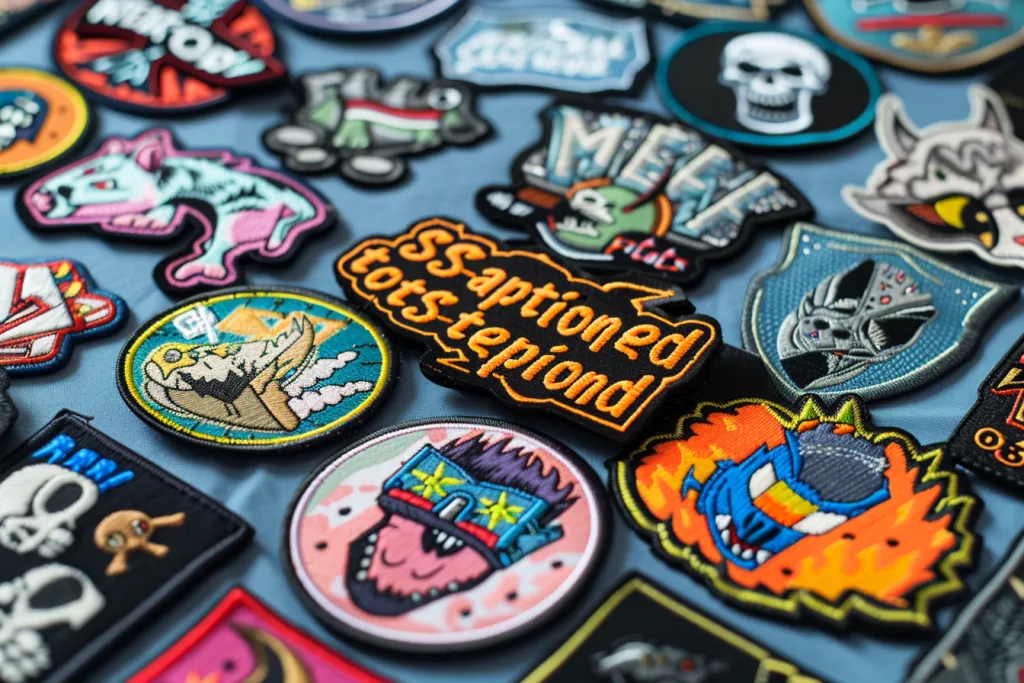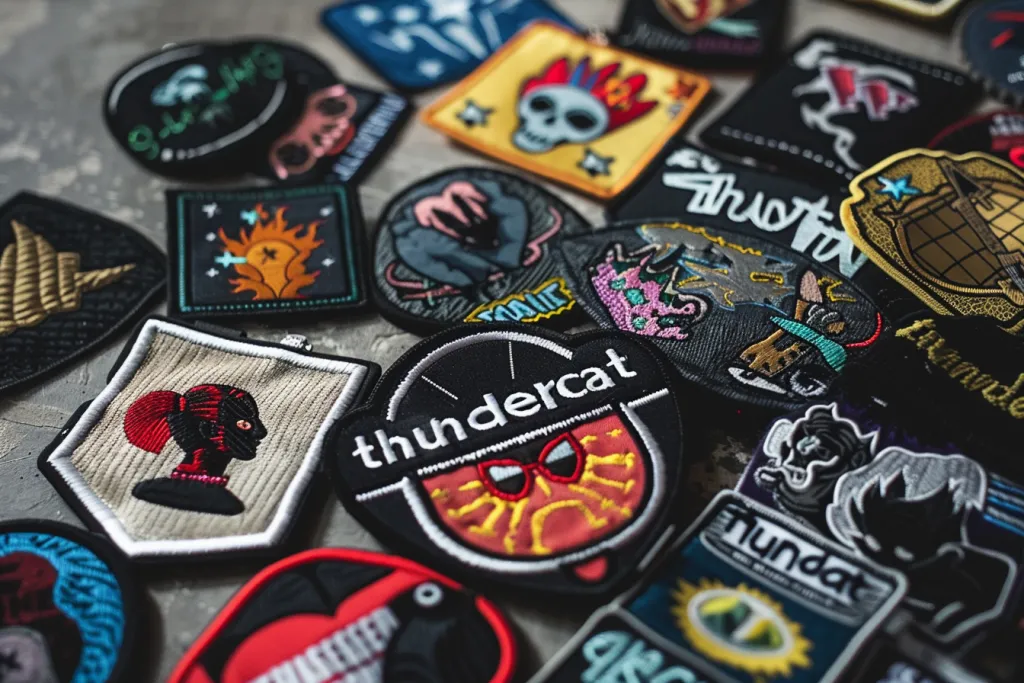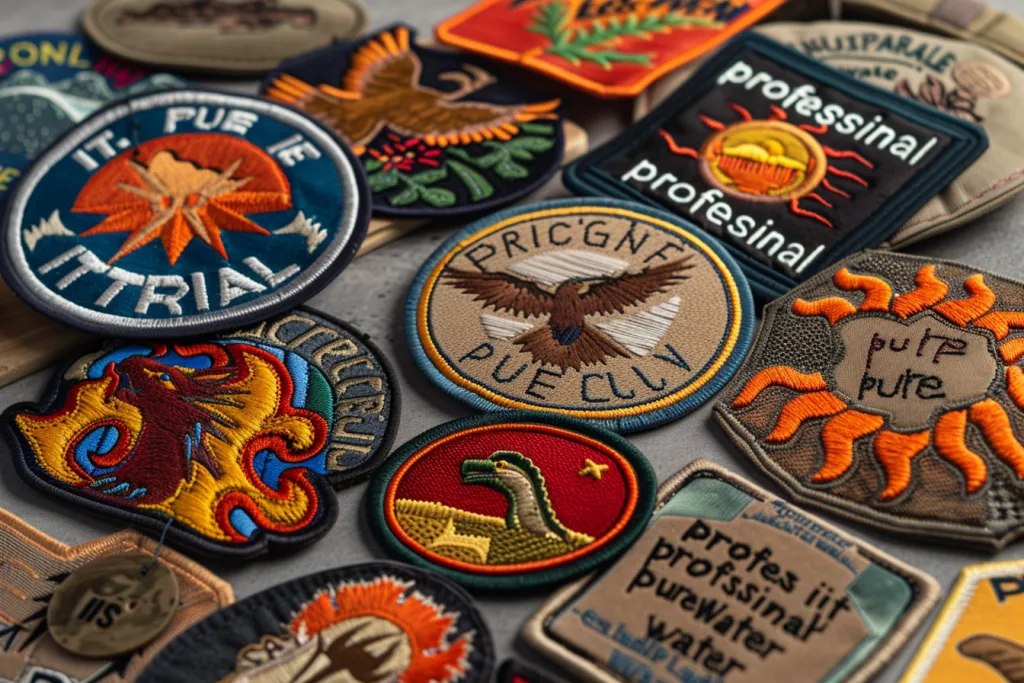Velcro patches have become an essential accessory in the apparel industry, offering versatility and practicality. These patches are not just for military or tactical gear anymore; they’ve found their way into fashion, uniforms, and everyday clothing. In this article, we’ll dive deep into the world of Velcro patches, exploring their uses, benefits, customization options, and care tips. Whether you’re a fashion enthusiast, a uniform designer, or just someone curious about Velcro patches, this guide is for you.
Table of Contents:
1. Understanding Velcro patches
2. Uses of Velcro patches in apparel
3. Benefits of using Velcro patches
4. How to customize Velcro patches
5. Caring for your Velcro patches
Understanding Velcro Patches

Velcro patches consist of two main components: the hook side and the loop side. The hook side has tiny hooks, while the loop side has small, soft loops. When pressed together, these sides create a strong bond that can be easily separated and reattached, making Velcro an ideal fastener for various applications.
The technology behind Velcro was inspired by nature. In 1941, Swiss engineer George de Mestral noticed how burrs stuck to his dog’s fur. This observation led to the creation of Velcro, a portmanteau of the French words “”velours”” (velvet) and “”crochet”” (hook). Today, Velcro is used in countless products, from clothing and accessories to aerospace and medical devices.
Velcro patches are particularly popular in apparel due to their ease of use and adaptability. They come in various shapes, sizes, and colors, allowing for endless customization options. Whether you need a patch for identification, branding, or decoration, Velcro patches offer a practical solution.
Uses of Velcro Patches in Apparel

Velcro patches have a wide range of applications in the apparel industry. One of the most common uses is in uniforms. Military, police, and emergency services often use Velcro patches for rank insignia, name tags, and unit identifiers. This allows for quick changes and reusability, saving time and resources.
In the fashion world, Velcro patches are used to add unique, customizable elements to clothing. Designers use them to create interchangeable decorations on jackets, hats, bags, and shoes. This not only enhances the aesthetic appeal but also allows consumers to personalize their outfits without permanent alterations.
Athletic apparel also benefits from Velcro patches. Sports teams use them for player names and numbers on jerseys, making it easy to update rosters or accommodate new team members. Additionally, Velcro patches are used in cycling and running gear to attach accessories like race numbers or reflective strips.
Benefits of Using Velcro Patches

One of the primary benefits of Velcro patches is their convenience. They can be easily attached and removed without the need for sewing or ironing. This makes them ideal for situations where quick changes are necessary, such as in military or emergency services.
Durability is another significant advantage. Velcro patches are designed to withstand repeated use and harsh conditions. They are resistant to moisture, dirt, and temperature extremes, ensuring they remain functional and looking good over time. This makes them suitable for outdoor and active wear.
Velcro patches also offer a high degree of flexibility. They can be customized to any shape, size, or color, and can even include intricate designs and logos. This makes them perfect for branding and personalization in both professional and casual apparel. Moreover, their reusability makes them an eco-friendly option, reducing waste from single-use patches or badges.
How to Customize Velcro Patches

Customizing Velcro patches is a straightforward process, thanks to modern manufacturing techniques. The first step is to design your patch. This can be done using graphic design software or by working with a designer. Consider the purpose of the patch, whether it’s for branding, identification, or decoration, and choose colors and shapes that align with your needs.
Once the design is ready, it can be transferred onto the patch material using various methods. Embroidery is a popular option, offering a textured, professional look. For more detailed designs, dye sublimation or screen printing can be used. These methods allow for vibrant colors and intricate patterns.
After the design is applied, the patch is cut to shape, and the hook side of the Velcro is attached to the back. The loop side can be sewn or adhered to the garment. Some manufacturers also offer custom backing options, such as adhesive or magnetic, to suit different applications. The result is a fully personalized Velcro patch ready to be used and reused as needed.
Caring for Your Velcro Patches

Proper care ensures the longevity and functionality of your Velcro patches. To keep them in good condition, it’s essential to regularly clean both the hook and loop sides. Use a fine-tooth comb or a Velcro cleaning tool to remove lint and debris from the hook side. This prevents clogging and maintains the patch’s grip.
For the loop side, a gentle brushing with a soft brush can remove any dirt or fibers. If the patch gets particularly dirty, you can hand wash it with mild soap and water. Avoid using harsh chemicals or machine washing, as these can damage the adhesive or the fabric.
When storing Velcro patches, keep them away from direct sunlight and heat sources to prevent the material from degrading. If possible, attach the hook and loop sides together or use a storage sheet to protect the hooks from becoming damaged or deformed. With proper care, your Velcro patches will remain functional and looking great for years to come.
Conclusion
Velcro patches are a versatile and practical addition to any apparel. Their ease of use, durability, and customization options make them a popular choice across various industries. Whether for uniforms, fashion, or sports, Velcro patches offer a flexible solution that can be tailored to individual needs. By understanding their uses, benefits, and how to care for them, you can make the most of these innovative fasteners.




